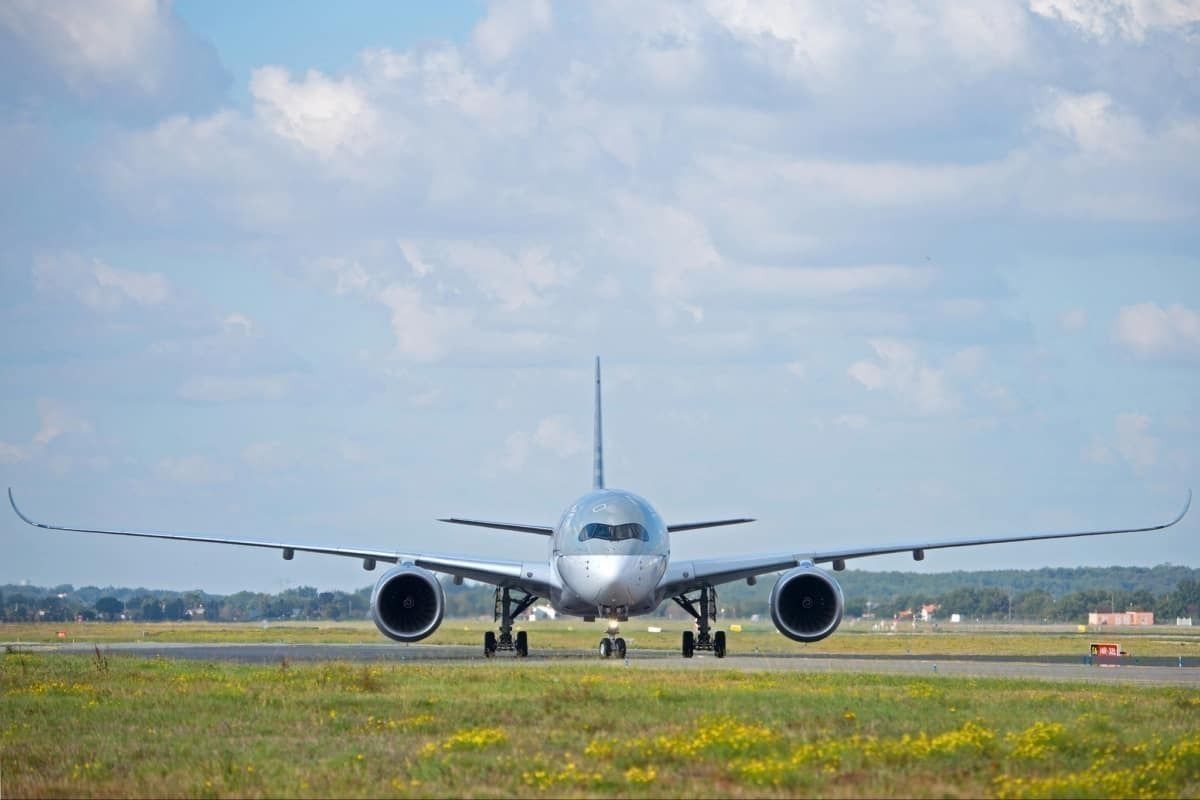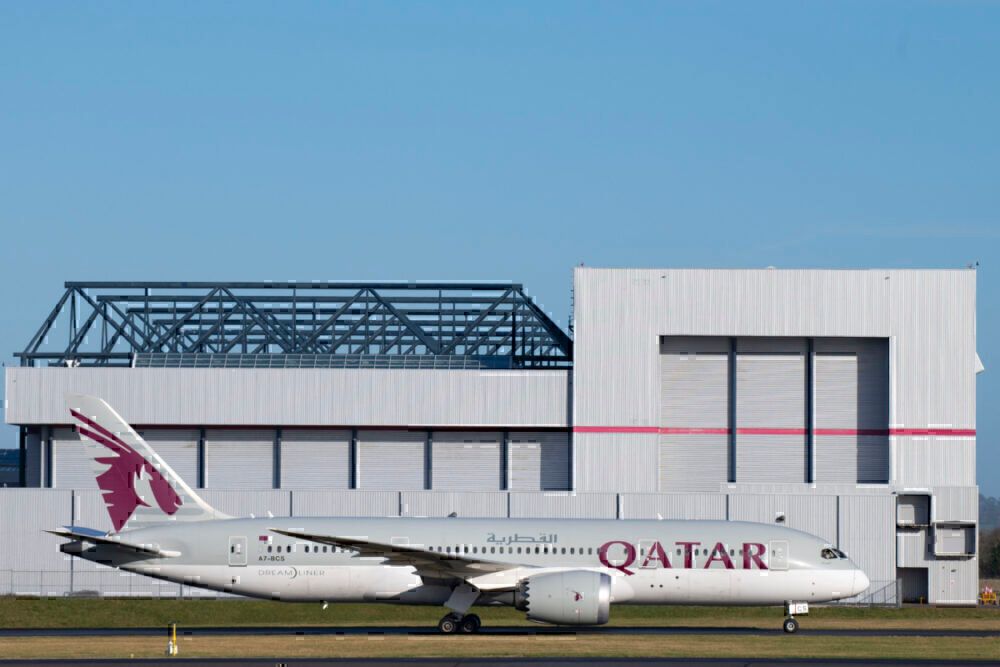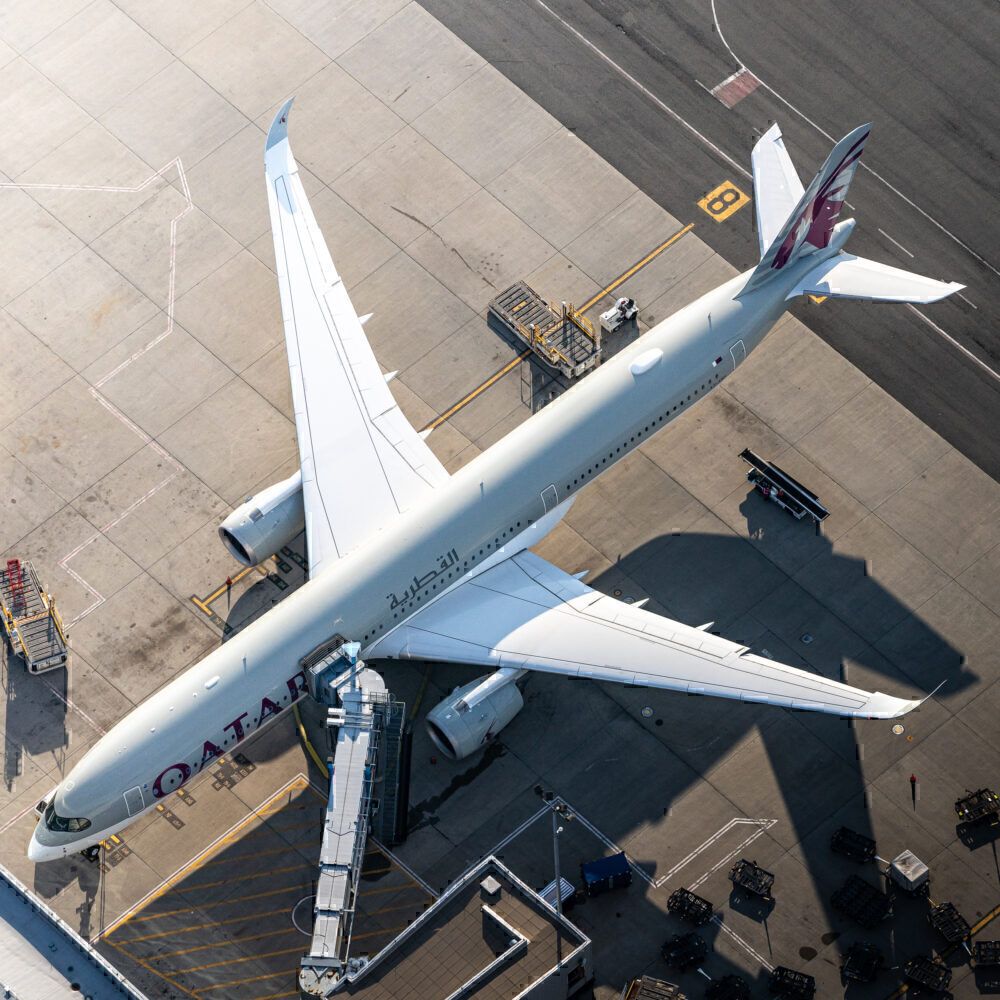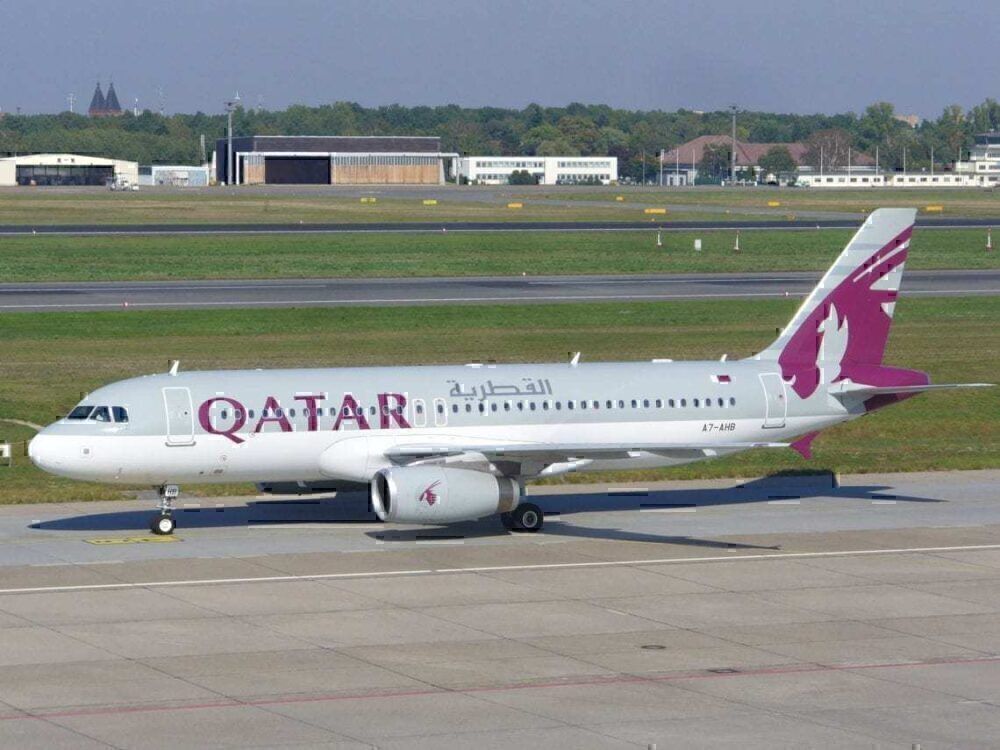A Qatar Airways internal memo was made public, which shows the airline's Chief Flight Operations Officer firmly reminding pilots to comply with SE (single-engine) taxi procedure. Threatening "serious action against those who do not follow or deviate from this requirement," this procedure is being taken very seriously by the airline. So what's the reason?
'Gross deviation' from company policy
Back in September, Qatar Airways’ Chief Flight Operations Officer issued a rather harsh letter to pilots regarding the use of single-engine taxi procedures - or an unfortunate lack thereof.
The original memo to pilots, as reported by One Mile At A Time, begins by saying:
“As the airline is going through unprecedented times due to the current crisis, I expect all of you as professionals to make all necessary measures to avoid unnecessary operational costs."
The letter goes on to say that there have been "gross deviations by some flight crew from the company’s mandated procedure to carry out SE (taxi in) from the start of the pandemic."
The procedure, which started out as a project several years ago, was set to have a compliance rate of 95%. However, the letter states that it has been "quite disappointing" that in the last three months the airline has only achieved an average of 55%.
The letter concludes with a reminder and threat:
"SOPs [standard operating procedures] are meant to be adhered to and I will not hesitate to take serious action against those who do not follow or deviate from this requirement intentionally without any valid reason."
The final sentence reads "if the explanation is found to be without valid reasons, a serious action will be taken against offenders including dismissal from the company.”
What is this procedure and why is Qatar Airways pushing for it?
According to the extremely informative and educational resource that is Openairlines, taxiing with a single engine is a 'fuel efficiency best practice' that can be applied during the taxi from the landing runway to the block (often a gate or remote stand).
"Its principle is to perform this taxi with one or several engines (in the case of four engine airplanes) shut down to save fuel." -Openairlines
Openairlines provides an example of how fuel savings can really add up a hypothetical example of a very short taxi of three minutes and 45 seconds on an A320 or a 737 with an engine cooldown time of three minutes. As the two engines must be left on for three minutes to cool down, the SE (taxi in) only occurs for 45 seconds.
While seemingly insignificant, these 45 seconds of single-engine taxi represent a lot of fuel especially when repeated frequently. The math is as follows:
- 45s x 4kg/min = 3kg on each flight.
- An airline operating 30,000 flights per year would have a total savings of 3 kg x 30,000 flights.
- This equates to 100,000 kg of fuel.
Of course, taxi time may be more than this, increasing the potential savings in carbon emissions and fuel (and therefore money).
Why would pilots violate the airline's regulations?
There are of course some things to be aware of with this procedure.
Firstly, engine cool-down time must be taken into consideration and to preserve engine life, the cool-down time prescribed by the manufacturer must be respected before shutting down an engine. As a result, this procedure is only applicable when taxi-in duration is longer than engine cool-down time - as shown in the example above.
Openairlines points out that some pilots are reluctant to apply this procedure, mostly for the following reasons:
- An uphill taxiway
- During the final turn, the fear of not being in the right way
- Overconsumption at the stops & go
- Runway crossings (engine should be shut down after having crossed the runaways)
However, the tone of the Qatar Airways letter seems to indicate that procedures are being violated for more than valid reasons. We'll just have to wait and how this reminder-letter affects the airline's operations.
Do you think there are other justifiable reasons for deviating from this policy? Do you think this is a good idea that more airlines should pick up? Let us know in the comments.
Simple Flying contacted Qatar Airways for a public statement on the matter. However, at the time of publication, no response was received.




